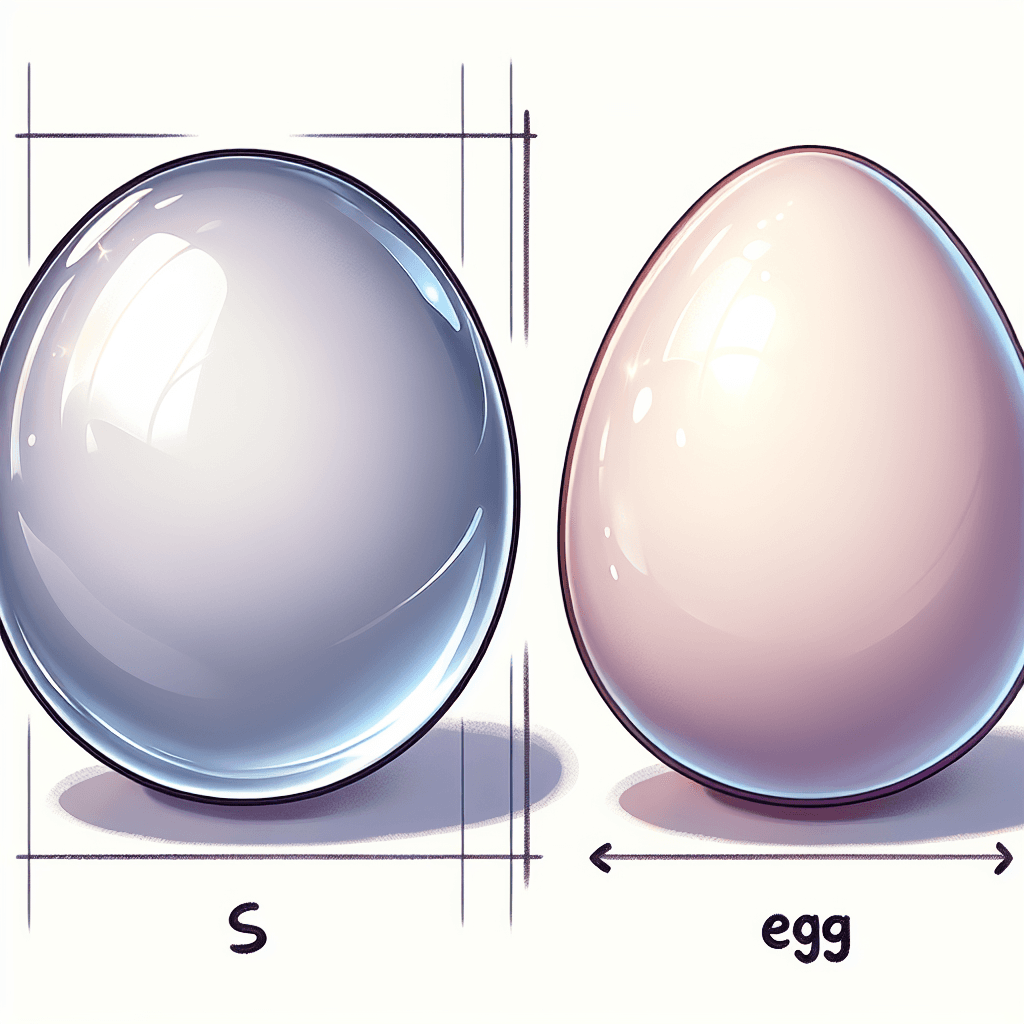Why are eggs egg-shaped instead of being perfect spheres
That iconic shape is no accident—it's a brilliant feat of natural engineering that stops the egg from rolling off a cliff and gives it incredible structural strength.


Too Long; Didn't Read
Eggs are egg-shaped because the asymmetrical shape is structurally strong, packs efficiently in a nest, and prevents them from rolling off ledges by making them roll in a tight circle.
The Perfect Imperfection: Why Are Eggs Egg-Shaped Instead of Being Perfect Spheres?
Have you ever paused while cracking an egg for breakfast and wondered about its unique shape? It’s not a perfect sphere, nor is it a simple oval. This familiar "ovoid" or egg shape is a masterclass in natural engineering, sculpted by millions of years of evolution to solve several critical problems at once. While a sphere might seem like a more straightforward or efficient shape, nature’s choice is far from random. The egg's specific form is a brilliant compromise that balances strength, safety, and the very biology of the bird that lays it. This post will explore the fascinating science behind why an egg is, well, egg-shaped.
A Masterclass in Structural Engineering
One of the most immediate benefits of the egg shape is its incredible structural strength. Like an architectural arch or dome, the curved form distributes pressure evenly across the entire surface. When a mother bird sits on her clutch to incubate them, her weight is spread out, preventing the thin shell from cracking under the pressure.
A sphere is also structurally strong, but the egg’s elongated, three-dimensional arch is exceptionally resistant to external force. Conversely, this shape is surprisingly weak from the inside. This is a crucial design feature. It means the shell is strong enough to protect the developing chick from the outside world but can be broken from within by the pecking of the chick when it’s ready to hatch.
The Anti-Roll Safety Feature
For many bird species, the asymmetrical nature of their eggs is a life-saving feature. Consider the common guillemot, a seabird that nests on narrow, precarious cliff ledges high above the ocean. If a guillemot laid a spherical egg, a slight nudge would send it rolling in a straight line, plummeting to the rocks below.
However, its distinctly conical, pointy egg behaves very differently. If pushed, it doesn't roll away; it pivots in a tight circle around its pointed end. This ingenious anti-roll mechanism acts as a built-in safety brake, keeping the egg securely on the ledge. The more precarious the nesting spot, the more pointed and asymmetrical the egg tends to be.
The Perfect Fit: From Bird to Nest
The shape of an egg is not just about what happens after it's laid; it’s also fundamentally linked to the bird’s own body and its nesting habits.
It Starts with the Bird
An egg’s journey begins in the mother bird’s oviduct, a muscular tube where the shell is formed. The shape of the egg is largely determined by the pressures exerted on it as it moves through this passage. The front end is wider, and the rear end is more pointed, a shape that is formed by the muscles of the oviduct.
Furthermore, a groundbreaking study published in the journal Science by researchers at Princeton University revealed a strong correlation between a bird’s flight ability and its egg’s shape. Birds that are powerful, high-endurance fliers (like swifts and sandpipers) tend to have more elongated or asymmetrical eggs. The theory is that to be streamlined for efficient flight, these birds have evolved narrower bodies and pelvises, which in turn constrains the width of the egg that can pass through, favoring a longer, more elliptical shape.
Efficient Packing
For birds that lay multiple eggs in a clutch, the ovoid shape allows for more efficient packing in the nest. Unlike spheres, which leave large gaps between them, pointed eggs can nestle together snugly with their pointy ends directed towards the center. This tight arrangement minimizes exposed surface area, allowing the parent to cover the eggs more effectively and transfer heat evenly during incubation, which is crucial for the synchronized hatching of the chicks.
Conclusion
The humble egg is a testament to evolutionary ingenuity. Its shape is not a simple accident but a sophisticated solution to a complex set of challenges. It is a structure strong enough to withstand the weight of a parent but weak enough for a chick to escape, a design that prevents it from rolling off a cliff, and a form perfectly adapted to both the bird’s body and its nesting needs. So, the next time you hold an egg, take a moment to appreciate its perfect imperfection—a shape sculpted not for geometric purity but for the ultimate purpose of protecting new life.


